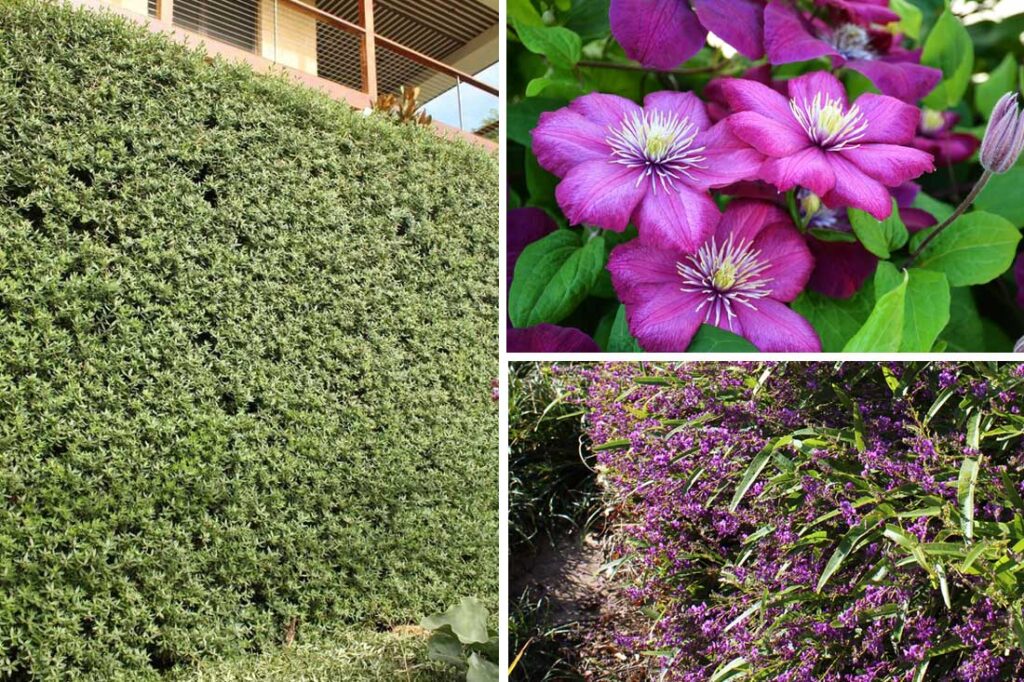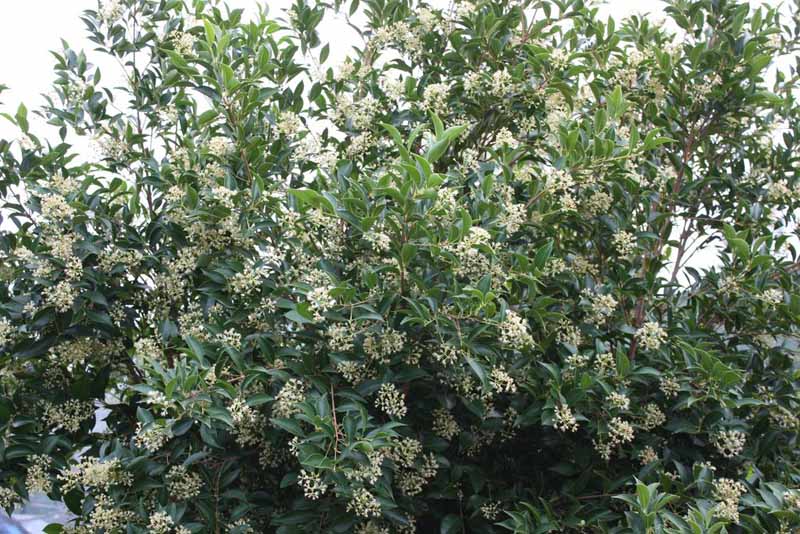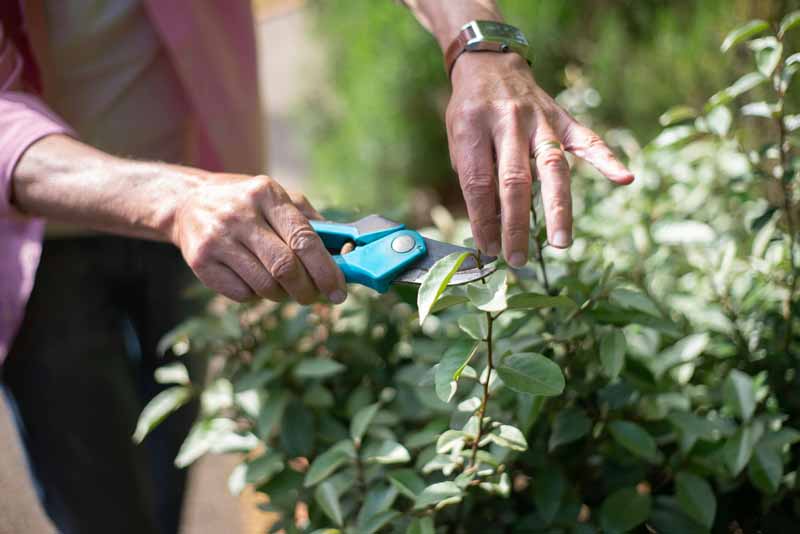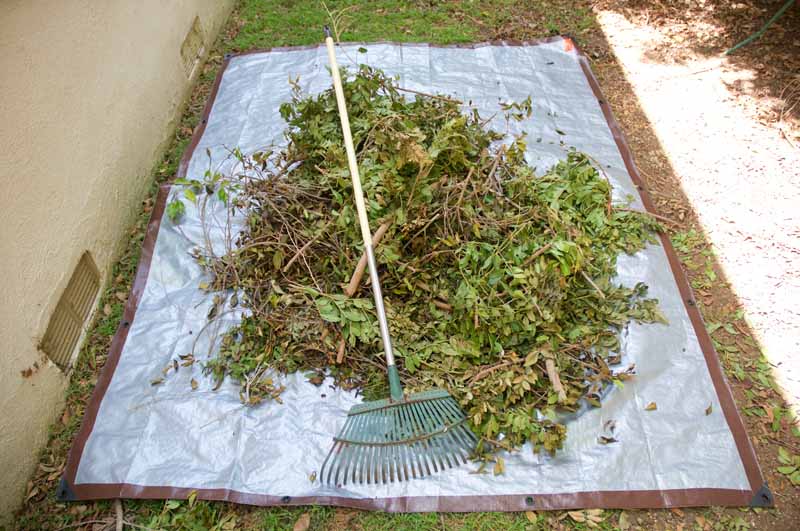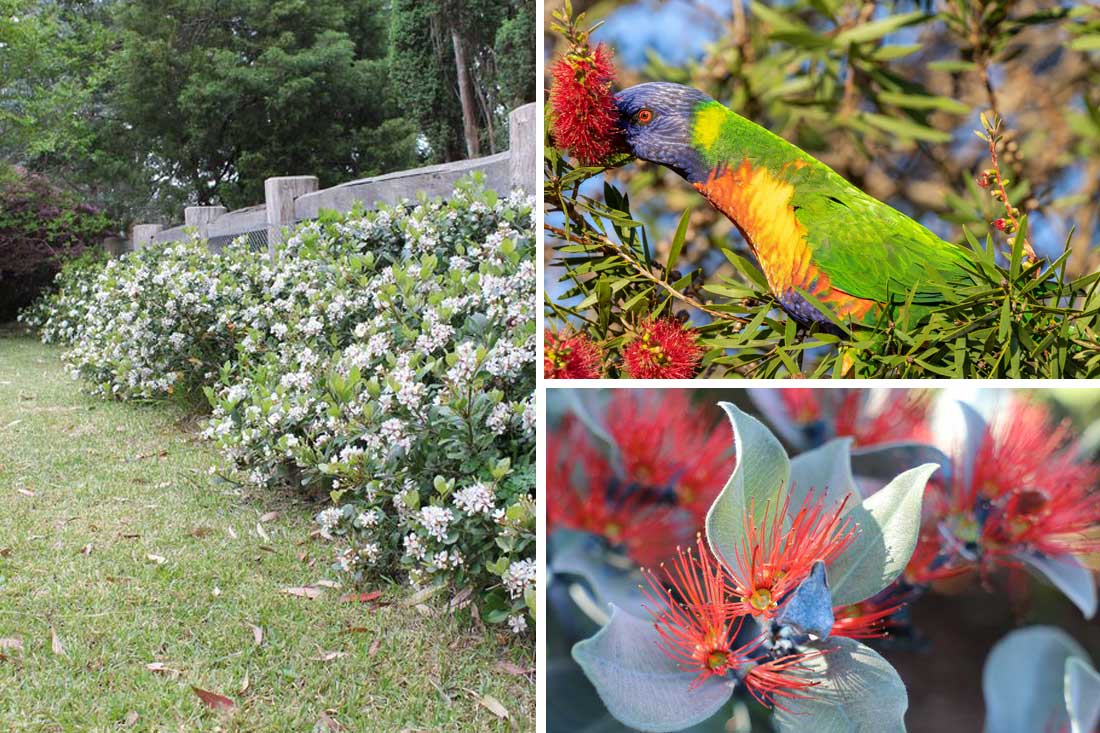Are you looking to add a touch of privacy to your garden with native Australian hedges, but unsure which ones to choose? In the vast flora of Australia, many native plants are excellent for screening. Not only do these plants add aesthetic appeal to your garden, they also support local biodiversity by providing habitat and food for native wildlife.
Best Native Hedges for Screening
Let’s delve into a list of some of the best native hedges for screening. Each of these plants offers unique characteristics, from vibrant blooms to lush foliage, making them perfect for creating a natural screen in your garden.
Make sure to check the specific variety mature size, because even cultivated varieties of the same species can vary wildly in their mature shape and size.
Known commonly as bottlebrushes due to their cylindrical, brush-like flowers, callistemons are hardy plants that make excellent hedges. With their bright red flowers and dense growth habit, they can create a vibrant and effective screen.
This callistemon has a narrow growth habit, perfect for small spaces and fencelines. Slim™Callistemon viminalis ‘CV01’ PBR.
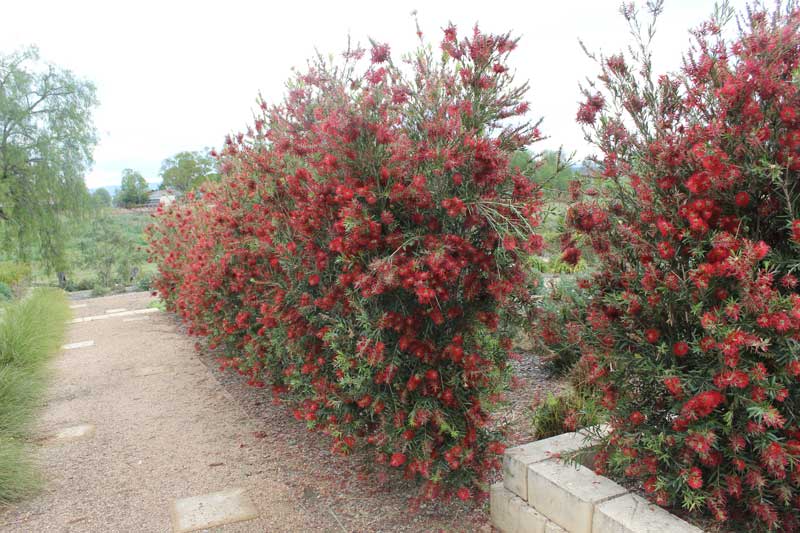
Lilly Pilly
Lilly pillies are popular choices for hedging in Australia. These evergreen shrubs or trees boast glossy leaves and produce clusters of small, often edible, berries. They are fast-growing and can easily be pruned into a dense hedge.
This lilly pilly grows to a whopping 10m high. Sweeper® Waterhousea floribunda ‘DOW20’ PBR.
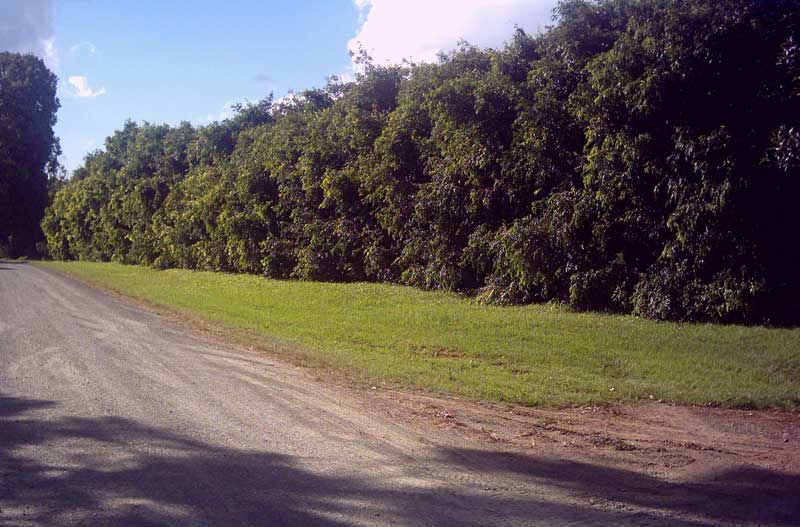
Westringias
Most westringias don’t grow too tall, but there are varieties out there perfect for screening. These plants are usually highly drought tolerant, can be salt-tolerant and they respond really well to hedge pruning.
This westringia can grow up to 2.2m tall. Naringa™ Westringia hybrid ‘WES01’ PBR.
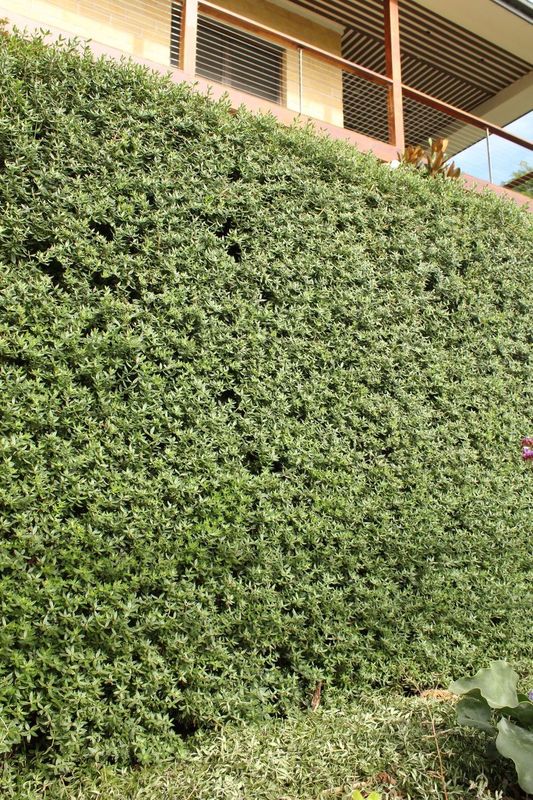
Grevilleas
Grevilleas, with their unique, spider-like flowers, are another great choice for a native hedge. They’re not only visually appealing but also attract native birds into your garden.
Not only are tall, flowering shrubs like grevilleas good for screening, they’re also good for attracting native honeyeaters.
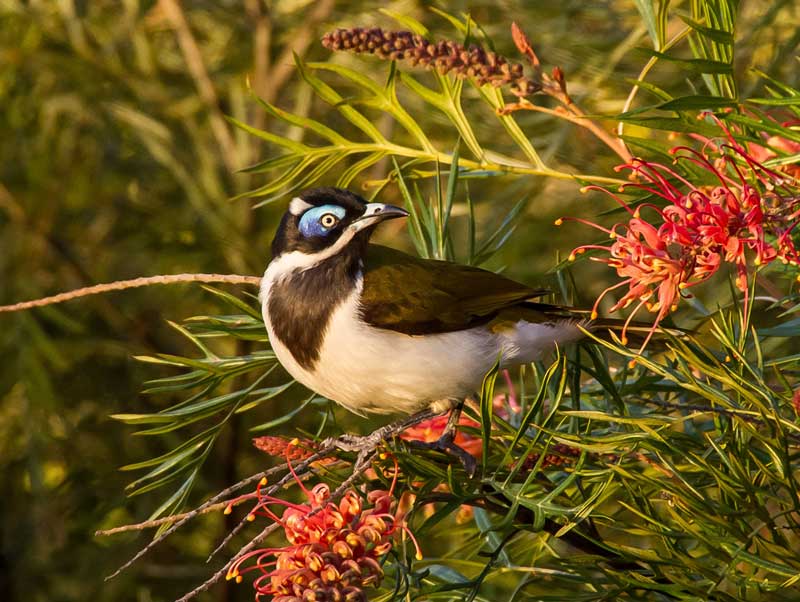
Adenanthos
Adenanthos, also known as woollybush, is a tall shrub with soft, needle-like leaves. This plant is ideal for creating a tall, dense hedge or windbreak.
It’s no wonder this plant is called the woollybush.
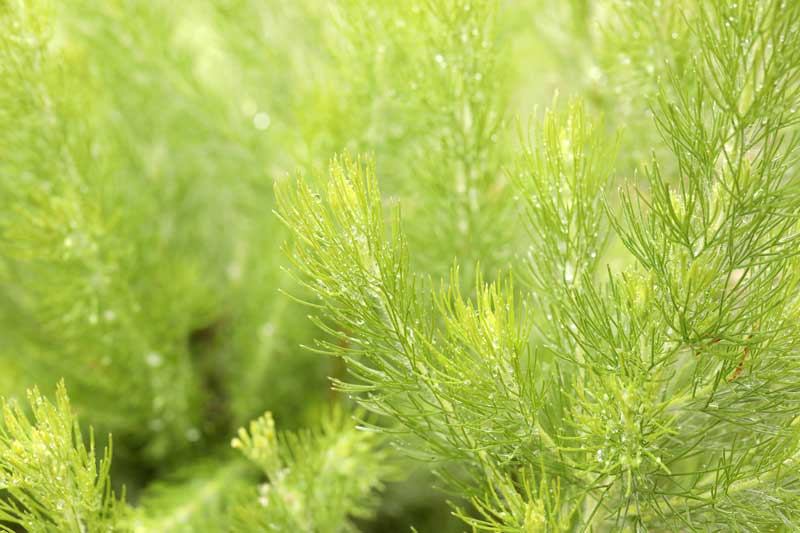
Acacia
Acacias, or wattles, are another group of plants that can provide effective screening. While some species are short-lived, many are quick-growing, offering a rapid solution for privacy.
Acacia paradoxa is known for its spiky branches, perfect for keeping people out of spaces.
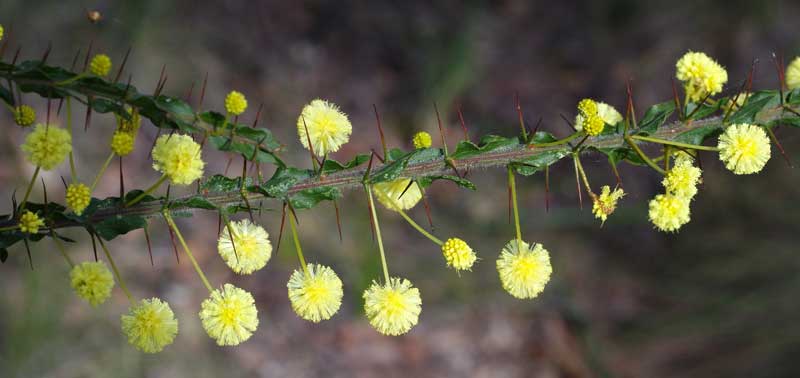
Dodonaea
Dodonaeas, commonly known as hop bushes, are sturdy and drought-resistant. Their winged seed capsules and colourful foliage, especially in autumn, can add interest to your hedge.
The seed pods of Dodnaeae are quite stunning.
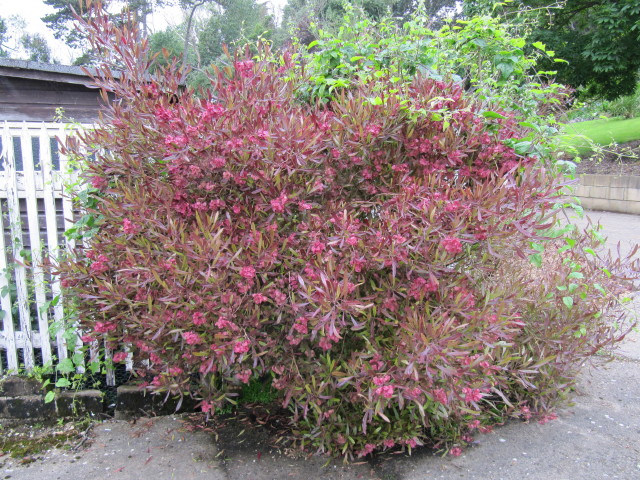
Leptospermum
Leptospermums, or tea-trees, are renowned for their beautiful, delicate flowers and fine, aromatic foliage. They can form a dense, bushy hedge that’s perfect for screening.
This native prickly tea tree shows the white flowers, typical of leptospermums.
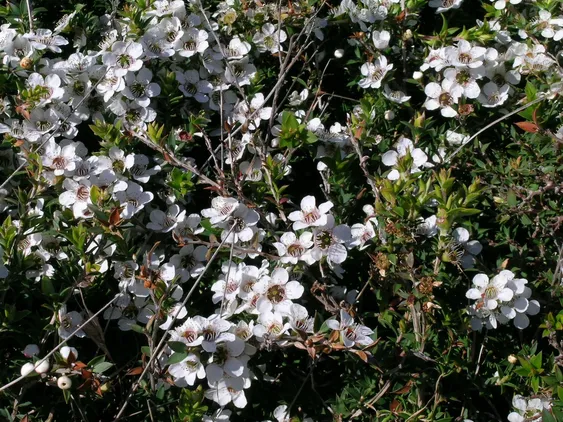
Climbers for Screening
Climbers, or creepers, with their ability to climb and spread, can provide excellent screens on fences and trellises. They often have a faster growth rate compared to most shrubs, which means you can achieve a lush screen in a shorter time.
Hardenbergia
Hardenbergia, also known as purple coral pea, is a native Australian climber with vibrant purple flowers. It’s a hardy plant that can tolerate a range of conditions and makes an excellent screening option when trained along a fence or trellis.
Meema™ Hardenbergia violacea ‘HB1’ PBR.
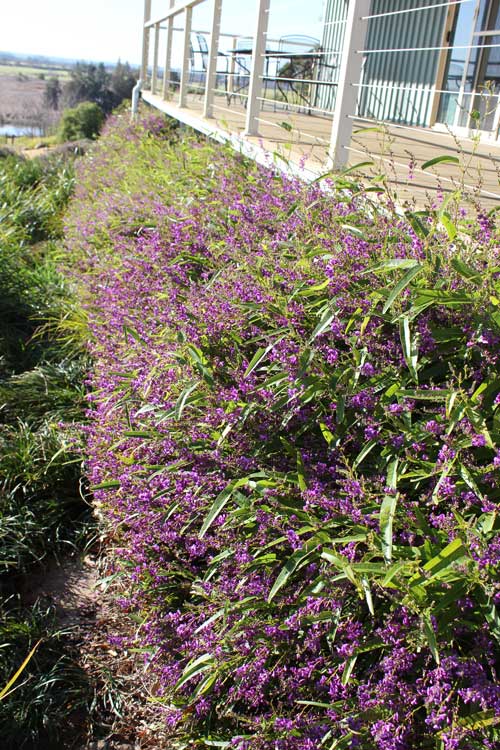
Clematis
Clematis is a popular choice for many gardeners. This vigorous climber produces large, showy flowers and can quickly cover a trellis or fence. It requires some support to climb, so it’s perfect for creating a beautiful screen on a sturdy structure.
The beautiful flowers of some Clematis cultivars are truly stunning.
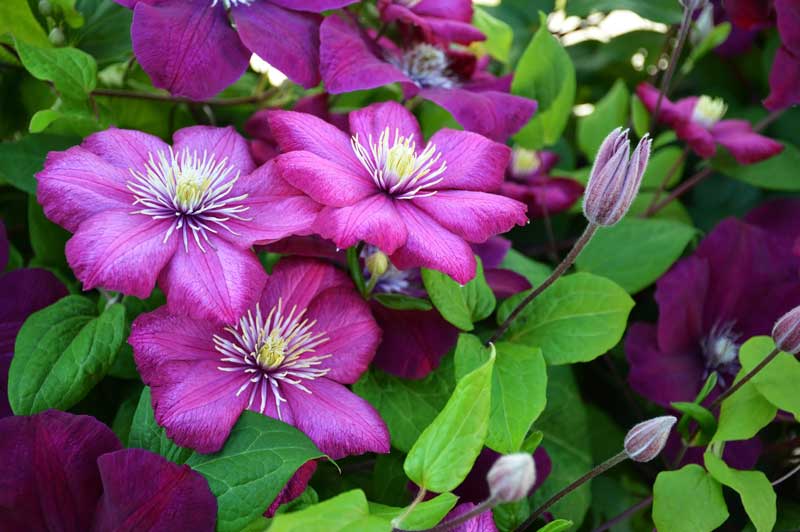
Pandorea
Pandorea, commonly known as Wonga Wonga vine, is another native Australian climber. It has glossy green leaves and bell-shaped flowers that can be white or pink with a deep red throat. This fast-growing vine is perfect for creating a lush, flowering screen.
Ozbreed Flat White™ Pandorea jasminoides ‘PJ01’ PBR.
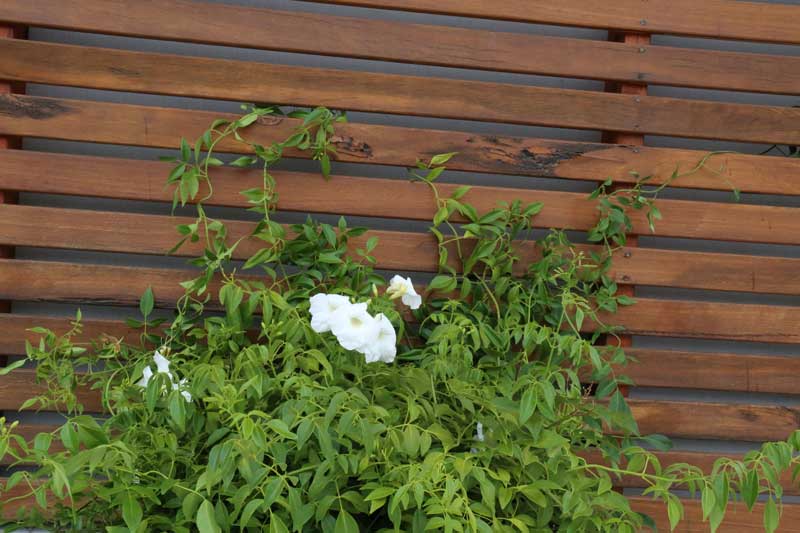
Cissus
Cissus, or kangaroo vine, is a robust and fast-growing climber. Its dense foliage provides excellent coverage, making it a great choice for a natural screen. Plus, its ability to thrive in shady areas makes it versatile for different garden locations.
The dark, blue/purple berries of Cissus antarctica. Also known as kangaroo vine, native grape, water vine.
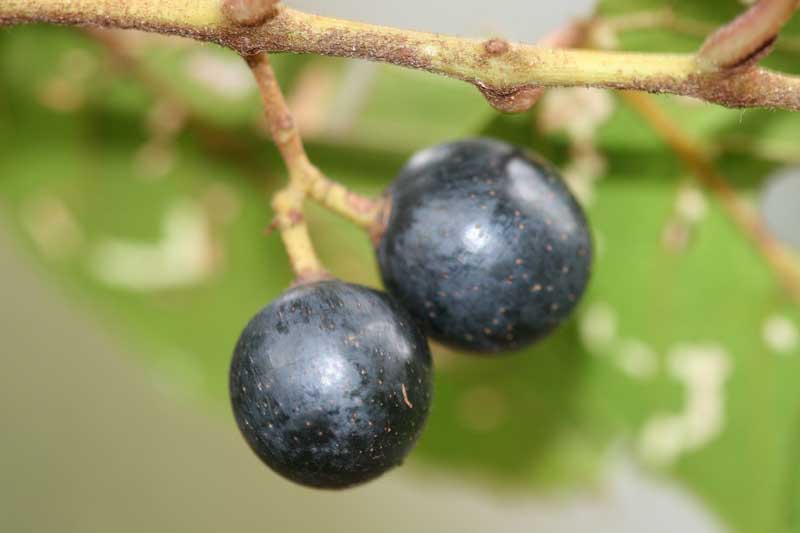
Hibbertia
Hibbertia, or Guinea flower, is a climbing or sprawling plant with bright yellow flowers. While not as fast-growing as some other climbers, its dense growth habit and cheerful blooms make it a great addition to a garden screen.
These are the yellow flowers of a hibbertia climbing plant.
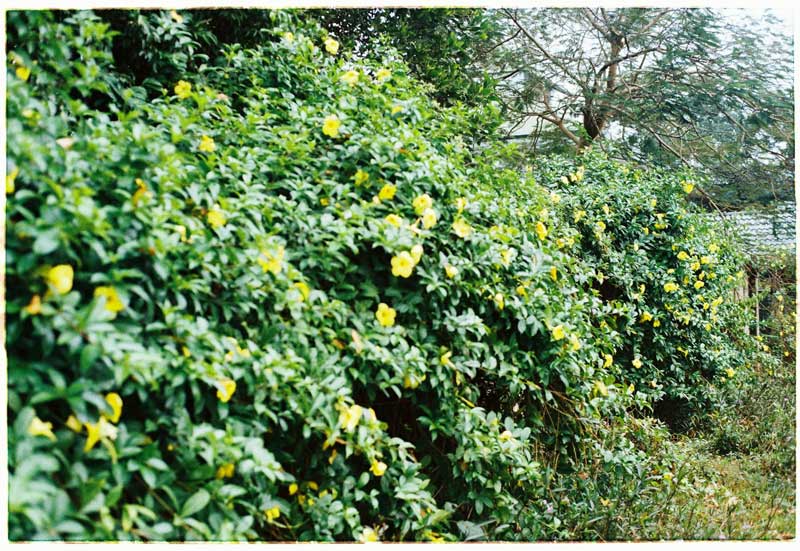
Choosing the Right Plant for Your Garden
When choosing plants for screening, consider factors such as soil type, available sunlight, climate, and maintenance requirements. It’s also important to consider the local ecosystem and ensure your chosen plants are compatible with it.
Conclusion
Choosing native plants for screening is a fantastic way to enhance privacy in your garden while supporting local biodiversity. So why not start exploring the variety of native plants available for hedging and screening? You’re sure to find the perfect fit for your garden.

